The latest web design trends for 2024 are characterized by a shift towards minimalism, clean layouts, and simplicity, emphasizing improved user experiences, accessibility, and faster loading times. Emerging trends include micro-interactions, enhancing visual appeal with subtle animations, and adaptive design for diverse devices. Custom typography is being used to revolutionize online branding and readability, while vibrant color schemes add bold aesthetics. Integration of 3D and AR technologies offers immersive experiences, and personalized user journeys leverage data for tailored interactions. Interactive content keeps users engaged, and a growing focus on sustainability promotes eco-friendly web practices.
The digital landscape is ever-evolving, and 2024 promises exciting innovations in web design. This article explores the latest web design trends shaping user experiences online. From minimalist aesthetics simplifying navigation to immersive interactive content, these trends cater to diverse user preferences. We delve into micro-interactions enhancing visual appeal, adaptive designs for cross-device compatibility, and sustainable practices for an eco-conscious web. Discover how custom typography, bold color schemes, 3D elements, personalized journeys, and more are revolutionizing the online world.
Minimalism and Clean Layouts: Simplifying User Experiences

In line with the latest web design trends, minimalism and clean layouts are simplifying user experiences online. This aesthetic approach emphasizes simplicity and functionality, prioritizing content and user interaction over flashy visuals or complex designs. By reducing clutter and extraneous elements, websites become more accessible and easier to navigate for users across various devices and skill levels.
The trend towards minimalist design encourages clear hierarchy, allowing visitors to quickly scan and absorb essential information. This strategy not only enhances usability but also contributes to improved loading times, as fewer resources are needed to render a clean, uncluttered page. As one of the prominent web design trends for 2024, this focus on simplicity promises to create engaging, user-friendly digital experiences that cater to modern audiences’ preferences for clarity and efficiency.
Micro-interactions: Adding Subtle Visual Appeal
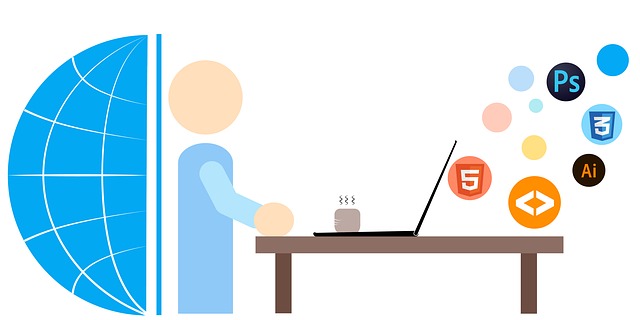
In the realm of web design, 2024 promises to be a year of refined elegance and user-centric experiences. One of the emerging trends that captures the essence of both is micro-interactions—a subtle yet powerful tool for enhancing visual appeal and user engagement. These tiny animations and responses add a layer of dynamism to interfaces, providing users with instantaneous feedback without overwhelming them. By integrating micro-interactions into latest web design trends, developers create an immersive atmosphere where each click, scroll, or form submission is met with a delicate visual cue, making the overall interaction more enjoyable and intuitive.
From subtle animations on button hover effects to instant transitions between pages, these micro-details contribute significantly to building a positive user perception. As users navigate through websites designed with micro-interactions in mind, they’re treated to an artful blend of functionality and aesthetics—a trend that not only captivates but also promotes user retention. Embracing this approach ensures that web designs stay fresh, engaging, and aligned with the evolving expectations of today’s digital folks.
Adaptive Design for Seamless Cross-Device Browsing
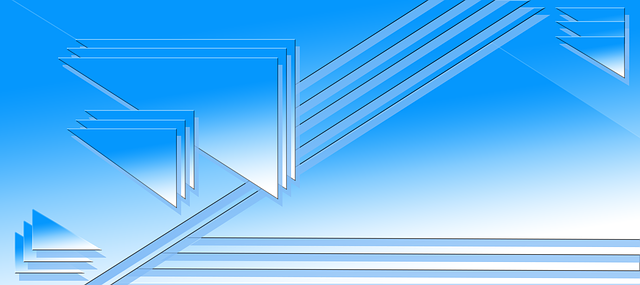
As we step into 2024, one of the most significant aspects shaping the latest web design trends is adaptive design. This approach ensures that websites seamlessly adapt to different screen sizes and devices, providing an optimal user experience regardless of whether a visitor is on a desktop, tablet, or smartphone. By employing responsive techniques, designers create flexible layouts that adjust content placement, image sizes, and navigation menus to fit various displays.
This adaptability is crucial in today’s diverse digital landscape, where users access the web from a multitude of devices. With the latest web design trends focusing on accessibility and usability, adaptive design serves as a game-changer, enabling businesses to reach a broader audience and foster stronger user engagement across the board.
Custom Typography: Setting Trends in Web Typography
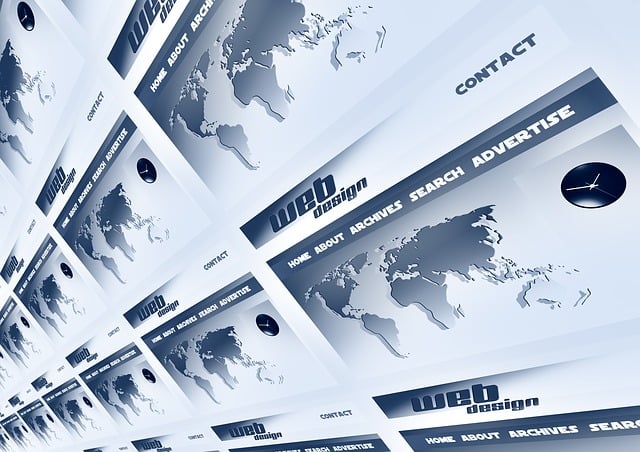
In the ever-evolving landscape of web design, custom typography has emerged as a powerful trendsetter for 2024. Websites are moving beyond generic fonts to embrace unique and tailored typefaces that reflect brand identity and engage users. This shift is driven by the desire to create visually appealing and distinctive online experiences. By utilizing custom typography, designers can effectively communicate brand personality and capture audiences’ attention in a crowded digital space.
The latest web design trends highlight the importance of typographic choices in setting the tone and atmosphere of a website. From elegant serifs to playful sans-serifs, each font has its own story to tell. Custom typography allows designers to experiment with different styles, sizes, and arrangements, resulting in dynamic layouts that capture the essence of modern web aesthetics. This trend not only enhances visual appeal but also improves readability, ensuring users have a seamless and enjoyable browsing experience.
Vivid Color Schemes: Making a Bold Statement

In the ever-evolving landscape of web design, 2024 is poised to bring a surge in vibrant color schemes that make a bold statement. Gone are the days of muted tones; websites are embracing a palette of rich, saturated colors to capture attention and create visually captivating experiences. This shift aligns with the latest web design trends, where designers are no longer afraid to experiment with bolder aesthetics.
Vivid color palettes can effectively convey brand identity, evoke specific emotions, and elevate user engagement. From eye-popping primary hues to earthy, nuanced tones, these dynamic schemes offer something for every taste and brand personality. By integrating these latest web design trends into their layouts, developers not only ensure visual appeal but also enhance accessibility by providing adequate contrast between text and background.
3D and Augmented Reality Elements: Blurring the Lines Between Digital and Physical
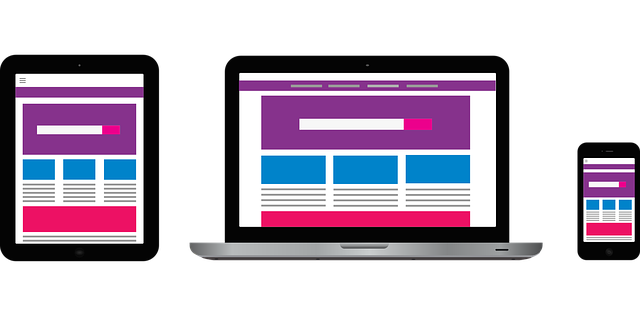
The year 2024 marks a significant shift in web design, with 3D and Augmented Reality (AR) elements taking center stage as the latest web design trends. These immersive technologies are no longer confined to gaming or specialized applications; they’re seamlessly integrating into websites, blurring the lines between digital and physical experiences. As users, we can expect more dynamic and interactive interfaces that offer a deeper level of engagement.
Web designers are leveraging 3D models to create visually stunning layouts, adding depth and texture to user interfaces. AR, on the other hand, allows for enhanced user interaction by overlaying digital content onto the real world, opening up possibilities for innovative e-commerce experiences, virtual showrooms, and immersive marketing campaigns. These trends not only elevate the aesthetics of websites but also challenge conventional design paradigms, pushing the boundaries of what’s possible in the digital realm.
Personalized User Journeys: Tailoring Experiences to Individual Users
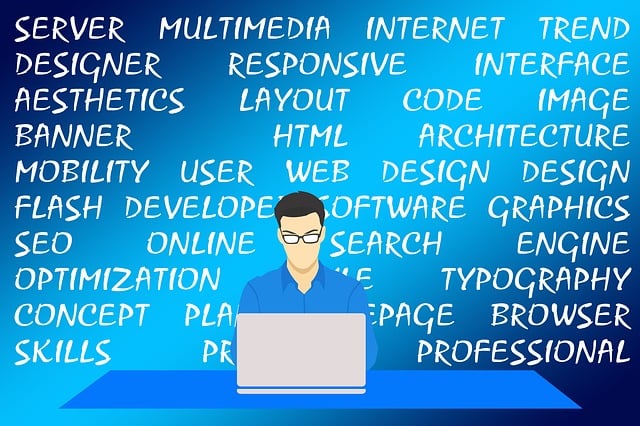
In the realm of web design, creating personalized user journeys is one of the most significant shifts in the latest web design trends for 2024. By leveraging data and advanced analytics, designers are now able to tailor digital experiences to individual users, enhancing engagement and conversion rates. This approach recognizes that every visitor brings unique preferences, behaviors, and needs, demanding a flexible and adaptive interface.
Personalized user journeys go beyond mere customization; they involve dynamic content delivery, personalized recommendations, and intuitive navigation based on user behavior history. As folks browse websites, sophisticated algorithms capture their interactions, enabling designers to craft a seamless and captivating experience. This trend not only satisfies users’ expectations for customized service but also positions businesses as forward-thinking innovators in the digital landscape.
Interactive Content: Engaging Users Through Immersive Media
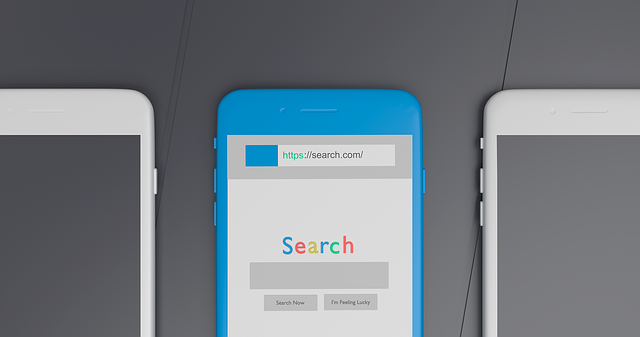
In the realm of web design, 2024 promises exciting developments, with interactive content taking center stage as one of the latest web design trends. Marketers and designers are moving beyond static pages to create immersive experiences that actively engage users. By incorporating multimedia elements like videos, animations, and interactive graphics, websites can transform into captivating destinations. This shift towards interactivity mirrors the digital world’s dynamic nature, ensuring user retention and fostering deeper connections with online content.
The integration of these immersive media formats isn’t merely about aesthetics; it’s a strategic move to enhance user engagement and satisfaction. Interactive content allows users to explore websites in novel ways, encouraging them to spend more time on the site and ultimately improving conversion rates. As technology advances, designers now have even more tools at their disposal to craft rich, interactive experiences that leave a lasting impression, solidifying interactive content as a paramount aspect of the latest web design trends.
Sustainable Web Design: Prioritizing Eco-Friendly Practices
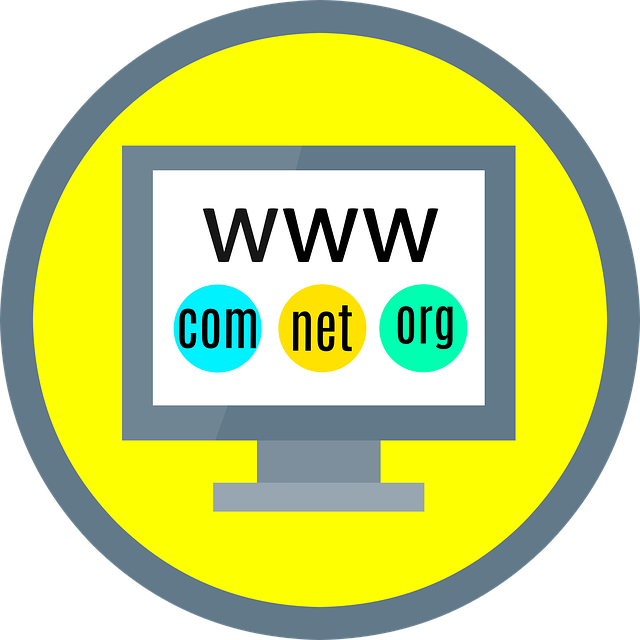
As awareness of environmental issues continues to grow, sustainable web design is becoming a key focus for many businesses in 2024. The latest web design trends prioritize eco-friendly practices not just as a marketing tactic but as an integral part of their development process. This shift includes strategies like leveraging renewable energy sources for hosting, optimizing websites to reduce loading times and data usage, and incorporating recycled materials into website aesthetics.
By adopting these sustainable web design principles, developers are contributing to a greener digital world while also enhancing user experiences. As consumers become increasingly conscious of their environmental impact, websites that demonstrate eco-friendliness will not only appeal to a broader audience but also build trust and credibility. Staying ahead of the curve with these latest web design trends is crucial for businesses aiming to be responsible corporate citizens and stay competitive in the market.
